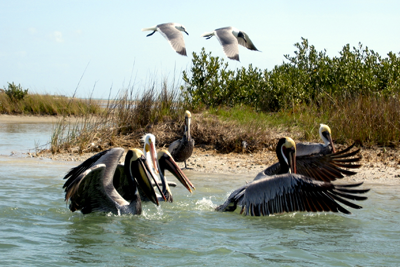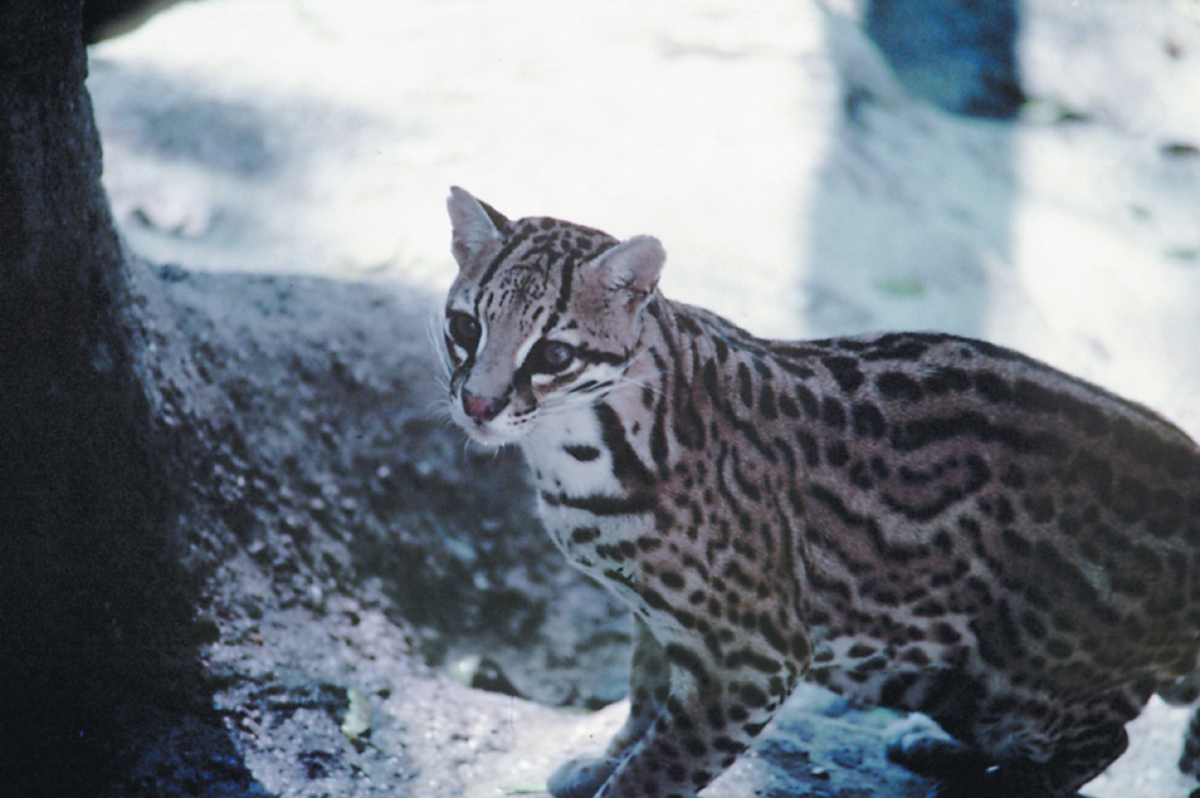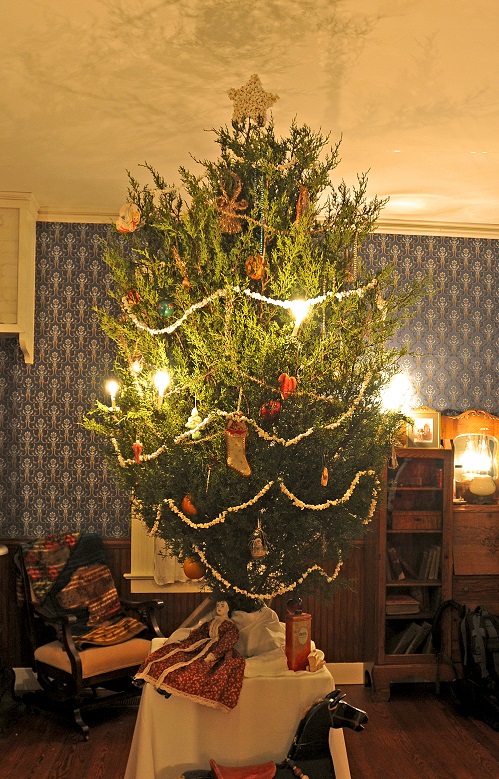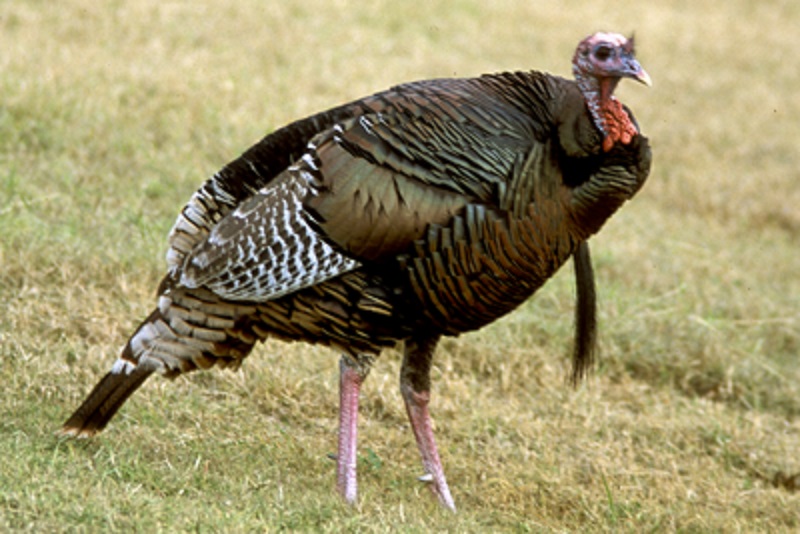Protecting Pelicans from Deadly Downdrafts
Thursday, December 21st, 2017This is Passport to Texas
Winter evenings, when north winds blow, brown pelicans perish along SH 48 between Brownsville and South Padre. The highway bridge, concrete barriers, and changing tides, contribute to downdrafts that cause the birds to crash onto the roadway enroute to their roost at Bahia Grande.
It’s heartbreaking to see what’s going on there.
Over the last year more than a hundred the birds died on SH 48. Texas Parks and Wildlife Department, TxDOT, USFWS, nonprofits and citizen groups, have joined to develop solutions, says Laura Zebehazy, program leader for Wildlife Habitat Assessment at Texas Parks and Wildlife.
They’re putting up temporary signage to ask the traveling public to slow down. Be aware: there’s pelicans on the road. DPS is getting involved. There’s folks who volunteer to flag people down to get them to slow down if they know a bird is on the roadway.
Earlier, TxDOT installed poles on the bridge, which forces the birds to fly higher.
Now, they’re actually putting these flashing lights [on the poles] so the birds can see. All of these things trying to encourage the birds to move up as much as possible so, they can maybe avoid that tornado of winds that makes them fall to the roadway.
If you find yourself driving that stretch of road at dusk this winter, slow down; save lives.
The Wildlife restoration Program supports our series.
For Texas Parks and Wildlife…I’m Cecilia Nasti.







 Passport to Texas is a
Passport to Texas is a  Passport to Texas is made available by:
Passport to Texas is made available by: